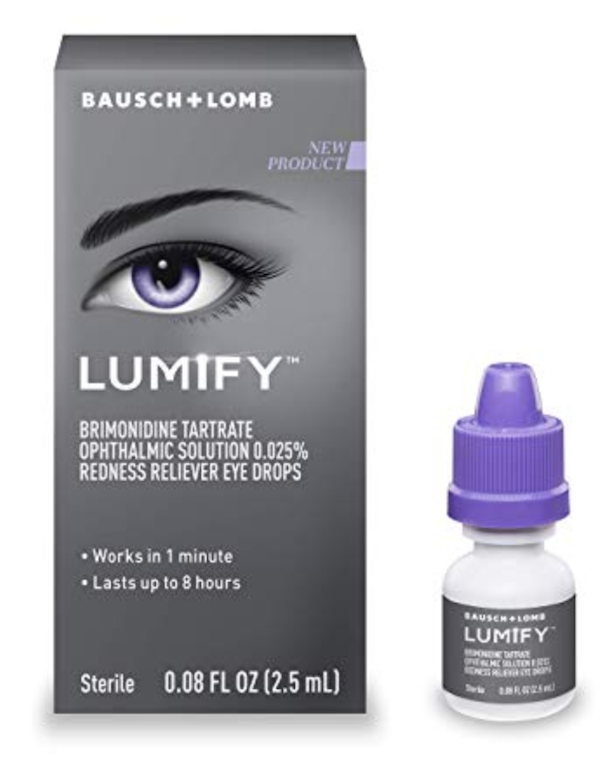What Is 20/20 Vision?
Have you ever gone to the eye doctor (an optometrist or ophthalmologist) and been told that you have 20/20 vision? Have you ever wondered what 20/20 vision actually means?

20/20 is a notation of visual acuity in what is called Snellen acuity. It is tested by having a patient read individual black letters of various sizes on a white background. The top number in the Snellen acuity is the distance at which the chart is viewed (historically 20 feet); however, new digital acuity systems can be calibrated to various testing distances. The bottom number of the Snellen acuity refers to the distance from which those letters can be read by a person with “normal” vision. For instance, someone with 20/200 vision can read letters at 20 feet that someone with “normal” vision can read from 200 feet. 20/200 happens to be the threshold to determine someone is “legally blind” if that is the best they can see in their better-seeing eye.
Is It Possible To See Better Than 20/20?
Yes, some people can actually read the 20/10 line on the vision chart! This means their vision is twice as “good” as someone with 20/20 vision; they can read letters at 20 feet that a person with “normal” or “average” vision can only read at 10 feet. A disproportionate number of professional athletes, especially MLB professional baseball players, have vision that is better than 20/20.
Why Don’t I Have 20/20 Vision?
There are countless reasons someone may not be able to see 20/20, but I don’t consider age one of them! Too often I have patients in their 70s, 80s, or 90s say “I can’t see well because I’m old”. Not true! Last year I did cataract surgery on a 96-year-old gentleman and he was able to see 20/20 afterwards! Now there is some truth to the above sentiments, because age is the biggest risk factor for eye diseases including cataracts, glaucoma, and macular degeneration. These are all reasons an eye might not be able to see 20/20.






You must be logged in to post a comment.